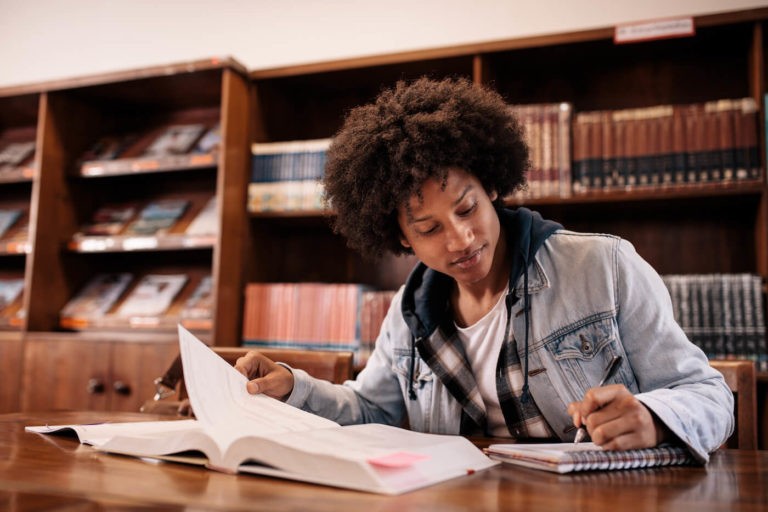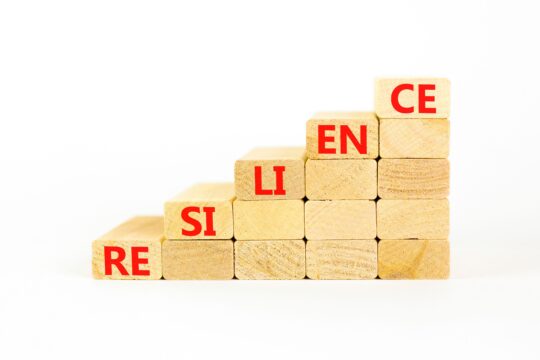The Importance of Learning Good Study Techniques
When I was in college I had a “study” routine I would employ before finals each semester. I would gather all of my notes for class and sequester myself on the third floor of my college library. I would cram for each final for around four or five hours and go directly to the classroom and take my exam. I would do well on the exams, but, to be honest, I did not retain any of the information. I simply studied to do well on a test, not to gain knowledge.
It is vitally important for secondary educators to teach good study techniques to their students early on so those students can do well on the ACT, the SAT, and college exams. These tests will determine the success of students. Students with good study habits will also do better on AP exams when they take those exams in high school. AP exams are a great way for students to get a head start on college while still in high school. If someone had taught me how to study correctly, it would have greatly reduced my stress levels in college and would have prepared me to become a life-long learner instead of a crammer!
When educators stress the importance of getting a good grade on a test, it diminishes the importance of gaining knowledge. We need to focus our efforts on Carol Dweck’s work around the growth mindset. The growth mindset teaches our students that it is okay to feel uncomfortable while learning material. Growth mindset also teaches students that they learn much more from their failures than their successes. Learning is not supposed to be easy.
Growth mindset also puts the power of acquiring knowledge in the hands of the students and gives the students a stake in their own knowledge building. We have to move away from a traditional classroom setting where the teacher lectures, the students take notes, and then a summative test is given to determine mastery. This method is boring for our students so how do we get them more engaged? Part of the answer lies in how they study in order to demonstrate mastery of the content. Let’s look at some examples.
Research-Backed Study Techniques
Pre-Test
It seems pretty contradictory, but allowing students to answer questions over content they have not yet learned leads to post-test success. Think about this strategy in the same way we teach students to read questions about content before reading the content. If students answer questions about a concept before the learning, they know what information to look for during instruction. This practice increases curiosity and takes the onus off of learning content simply to do well on a test at the end of a unit.
Distributed Practice
As I noted earlier, my technique was to spend a large amount of time cramming for an exam. Distributed practice requires students to study for shorter, more intense periods of time. This decreases the neural downshifting that takes place when a studier is racing the clock to memorize information right before taking a big test. For example, if a student is studying specific problem-solving methods in math, the student would set aside short periods of time over several days to practice problem solving a smaller set of questions instead of using a large amount of time to answer a large amount of questions right before a test.
As students answer questions, the students will recognize which methods need more attention than others in the future. This method increases retention and also aids the student in time management. One thing we know that our students need is practice scheduling their time and this technique is a great way to introduce time management.
Interleaving Practice
Many times students set aside an amount of study time to review and practice the same skill over and over. If students were studying the main idea, they might simply read several passages in a row and identify the main idea of each passage. Interleaving practice would require students to practice different skills as they progress through their study sessions.
For example, after students identify the main idea of a passage, the next question might ask them to identify conflict and resolution. The question after that might ask students to identify the tone of the passage or focus on character development. Interleaving practice requires students to change the method of thinking as they answer each question in order to develop more well-rounded thinking and learning,
Self-Quizzing
In order to increase ownership in their learning, encourage students to create their own questions as the content is taught. As the academic year progresses, students will start to learn what types of questions will be asked of them on post-tests in different classes.
If students have to think about how a question is formulated, they are more apt to understand how an answer is conceived. Teaching students how to ask thoughtful, open-ended questions increases their ability to answer those questions in a more in-depth manner than just trying to memorize facts and figures in order to do well on a multiple-choice test.
Become a Teacher
One way to help students study more effectively is to encourage them to become a teacher as they gain knowledge. Train students to think about how they would explain the information they are learning to a classmate. This strategy is helpful because students will need to reflect on the information as they learn. If a student can explain the information in a useful way, they have a better understanding and a better chance of retention.
This technique is sometimes misinterpreted by teachers. Often in a classroom when a student does well on a pre-test or finishes their work early, they are asked to help out other students that may be struggling. I caution educators not to use this avenue because it can be seen as penalizing the higher achieving students for finishing work faster. Instead, use this technique to delve deeper into the content. Students could study information and then present it to the rest of the class instead of doing additional work on concepts they already understand.




